In the heart of New Zealand's bustling urban centers, traffic congestion is more than just a daily inconvenience—it's a complex puzzle that many believe local authorities aren't solving effectively. Imagine sitting in traffic in Auckland, watching precious minutes slip away, and pondering why solutions seem elusive. This congestion isn't merely a road issue; it's a multifaceted challenge impacting productivity, economy, and everyday Kiwi life. With urban growth projected to continue, understanding the hidden factors behind this congestion is crucial for technology strategists aiming to solve the problem.
The Complex Puzzle of Traffic Congestion
Traffic congestion in New Zealand, particularly in cities like Auckland and Wellington, has been a growing concern. According to Stats NZ, Auckland's population is projected to grow by nearly 30% by 2043, exacerbating current congestion challenges. The underlying causes are often attributed to rapid urbanization, insufficient infrastructure, and increasing vehicle ownership. However, a deeper analysis reveals overlooked factors such as outdated traffic management systems and underutilized public transport networks.
How Technology Plays a Role
Globally, technology is transforming traffic management, with cities like Singapore and London employing smart traffic systems to alleviate congestion. These systems incorporate real-time data analytics, AI-driven traffic light optimization, and integrated public transport solutions. For New Zealand, adopting similar technological advancements could significantly reduce congestion. However, the challenge lies in the integration of these technologies with existing infrastructure and ensuring they are accessible to the public.
Case Study: Intelligent Transport Systems in Wellington
Wellington has been at the forefront of experimenting with Intelligent Transport Systems (ITS). The city implemented a pilot program that integrated AI-powered traffic lights with real-time traffic monitoring. This system dynamically adjusted traffic signals based on congestion levels, leading to a 15% reduction in travel time during peak hours. The success of this initiative demonstrates how technology can offer tangible benefits in addressing congestion.
Pros and Cons of Adopting New Technologies
For New Zealand, embracing technology-driven solutions presents both opportunities and challenges.
Pros:
- Efficiency Gains: Advanced traffic management systems can reduce delays and improve travel times.
- Environmental Benefits: Reduced congestion lowers emissions, contributing to New Zealand's sustainability goals.
- Economic Impact: Less time in traffic translates to increased productivity and economic output.
Cons:
- Implementation Costs: High initial investment in technology and infrastructure upgrades.
- Integration Challenges: Aligning new systems with existing infrastructure can be complex.
- Public Acceptance: Gaining public trust and encouraging adoption of new systems can be difficult.
Debunking Common Myths
Many misconceptions cloud the conversation around traffic congestion in New Zealand.
Myth: "Building more roads is the best solution."
Reality: Research indicates that more roads often lead to increased traffic volumes, as seen in multiple global studies.
Myth: "Public transport is underutilized because of low demand."
Reality: Inadequate service frequency and coverage are significant deterrents to public transport use.
Future Trends and Predictions
Looking ahead, the future of traffic management in New Zealand will likely hinge on smart city initiatives. The Ministry of Business, Innovation and Employment (MBIE) projects that by 2030, urban centers will integrate more AI-driven solutions to enhance transport efficiency. Furthermore, the adoption of electric and autonomous vehicles will reshape urban mobility, potentially reducing congestion and emissions.
Conclusion
New Zealand's traffic congestion is a multifaceted issue demanding innovative solutions. By embracing technology and debunking myths, local authorities and businesses can work collaboratively to craft a future where congestion is minimized. The integration of smart traffic systems, coupled with improved public transport, holds the key to unlocking smoother urban mobility.
What strategies do you believe will best address New Zealand's traffic challenges? Share your thoughts below!
People Also Ask (FAQ)
How does traffic congestion impact New Zealand's economy? Congestion leads to productivity losses and increased operational costs, contributing to an estimated NZD 1.3 billion loss annually, according to the New Zealand Treasury.
What are the biggest misconceptions about traffic solutions? A common myth is that more roads solve congestion, but studies show that this can increase traffic volumes, leading to similar or worse congestion levels.
Related Search Queries
- New Zealand traffic congestion solutions
- Smart city initiatives in Auckland
- Impact of public transport on traffic
- Future of urban mobility in New Zealand
- Intelligent transport systems Wellington






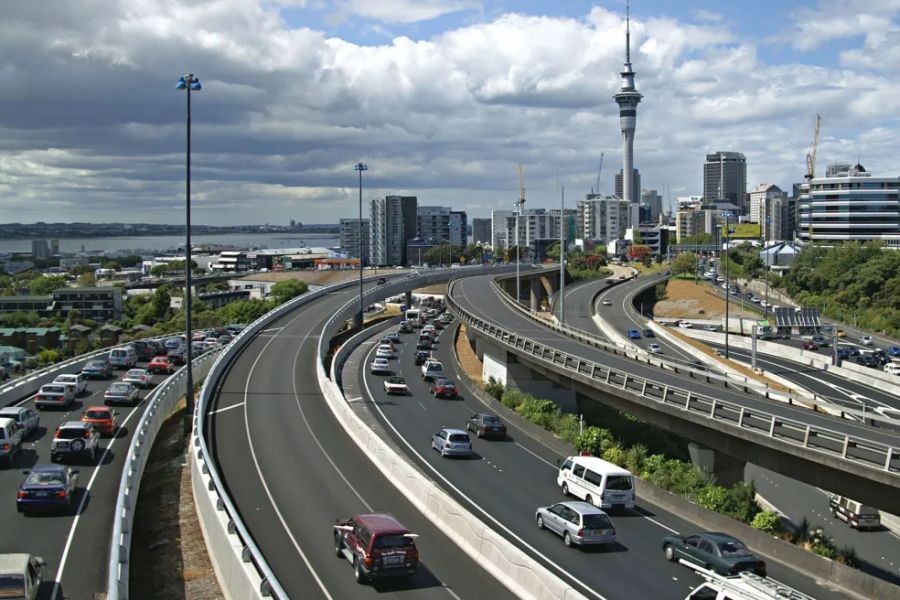
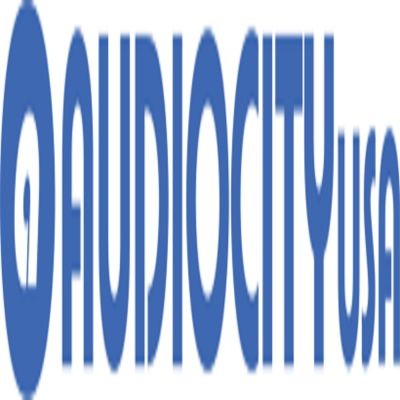

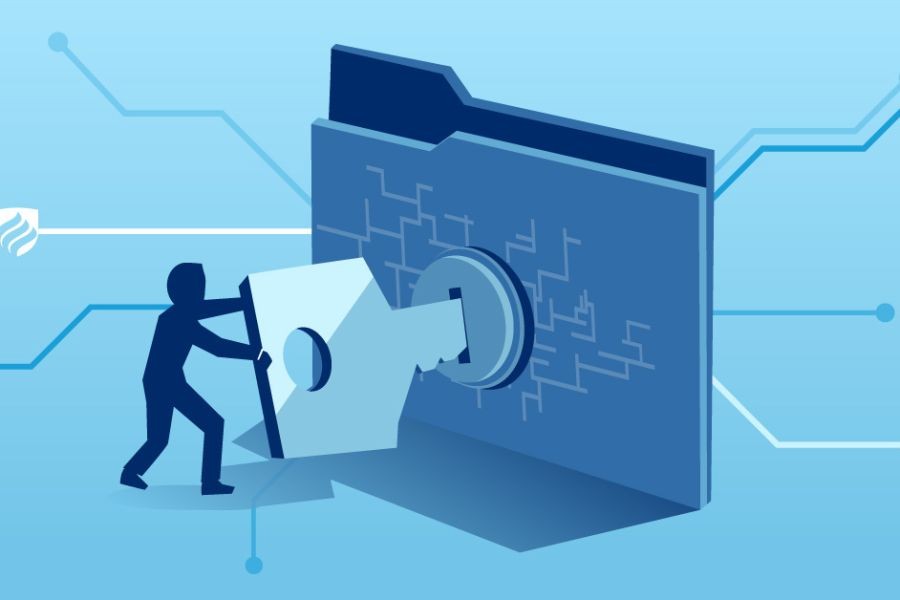


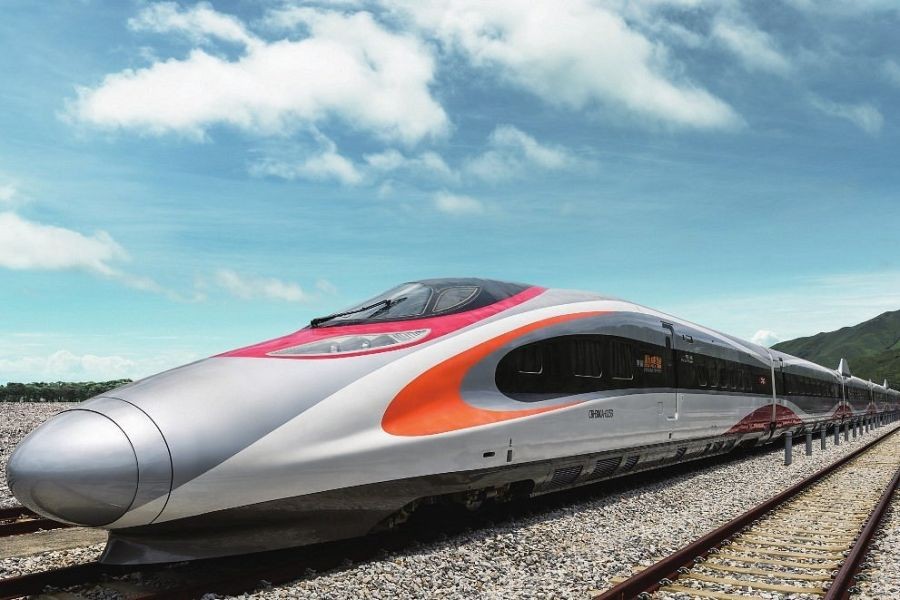


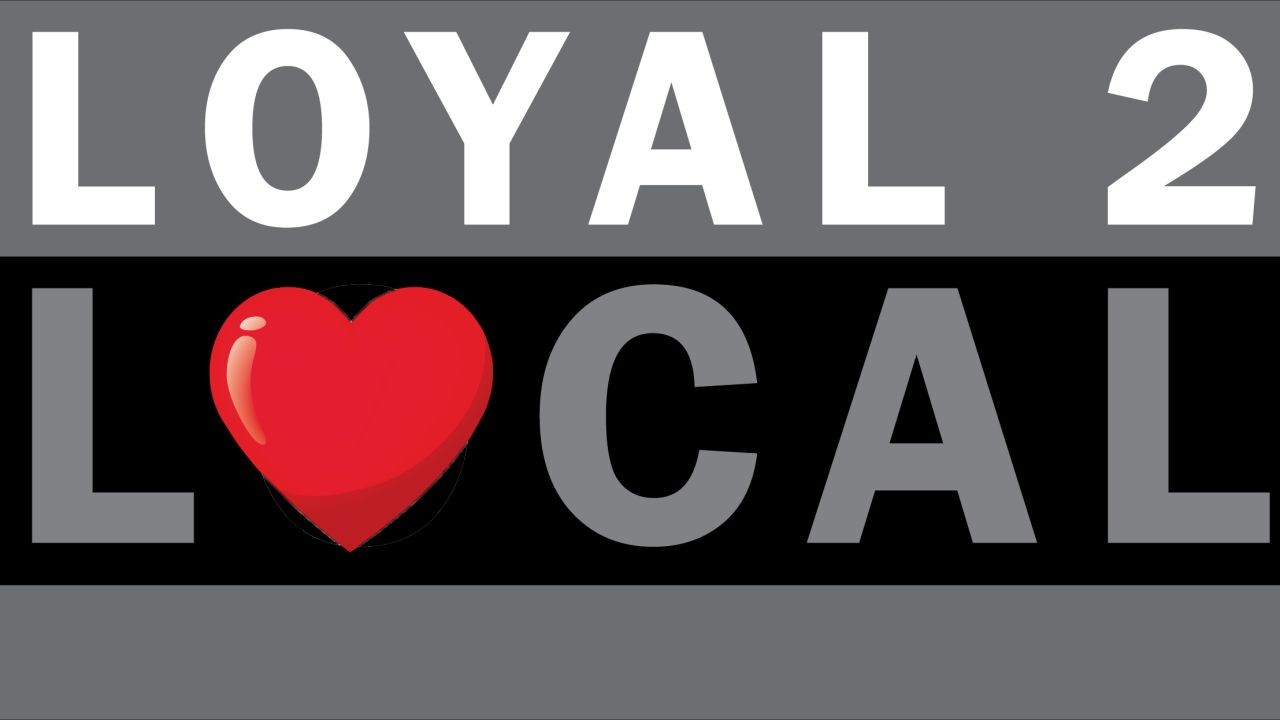





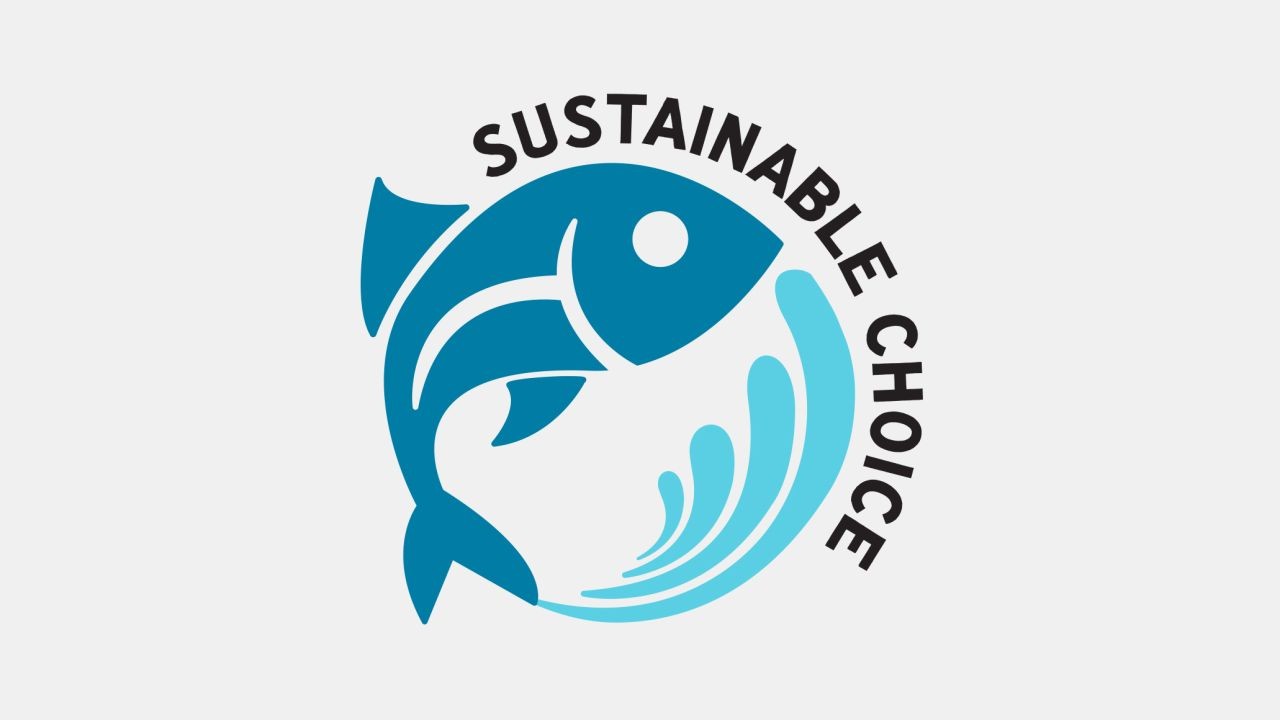

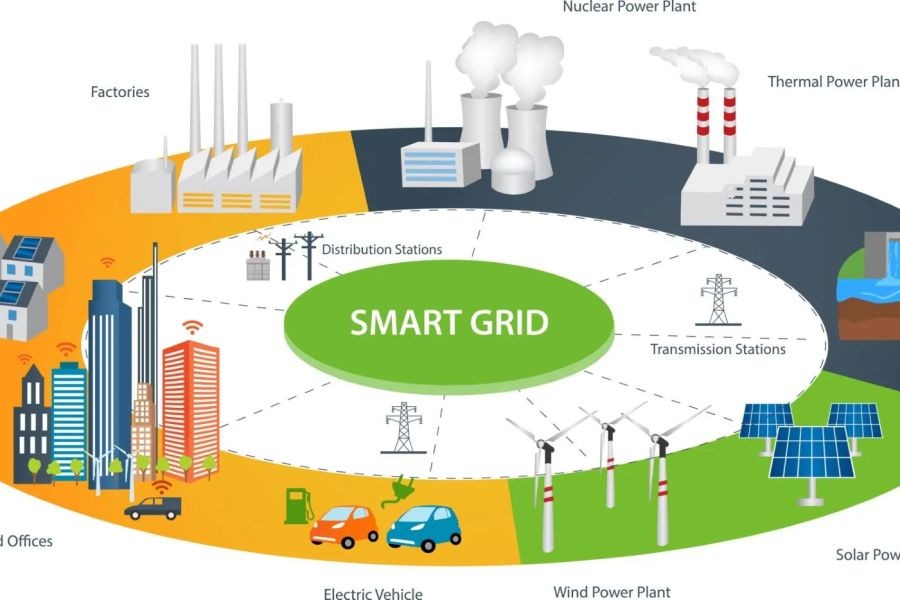


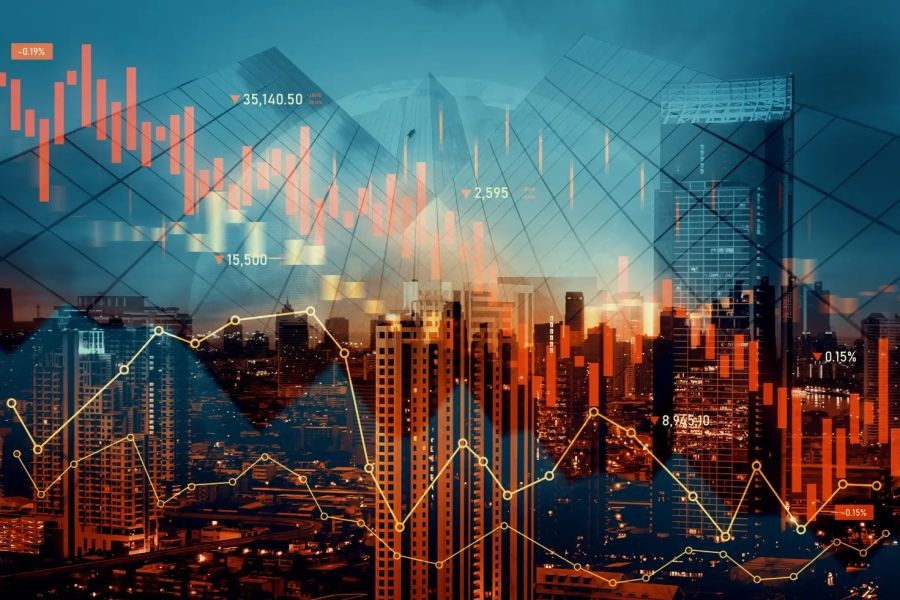
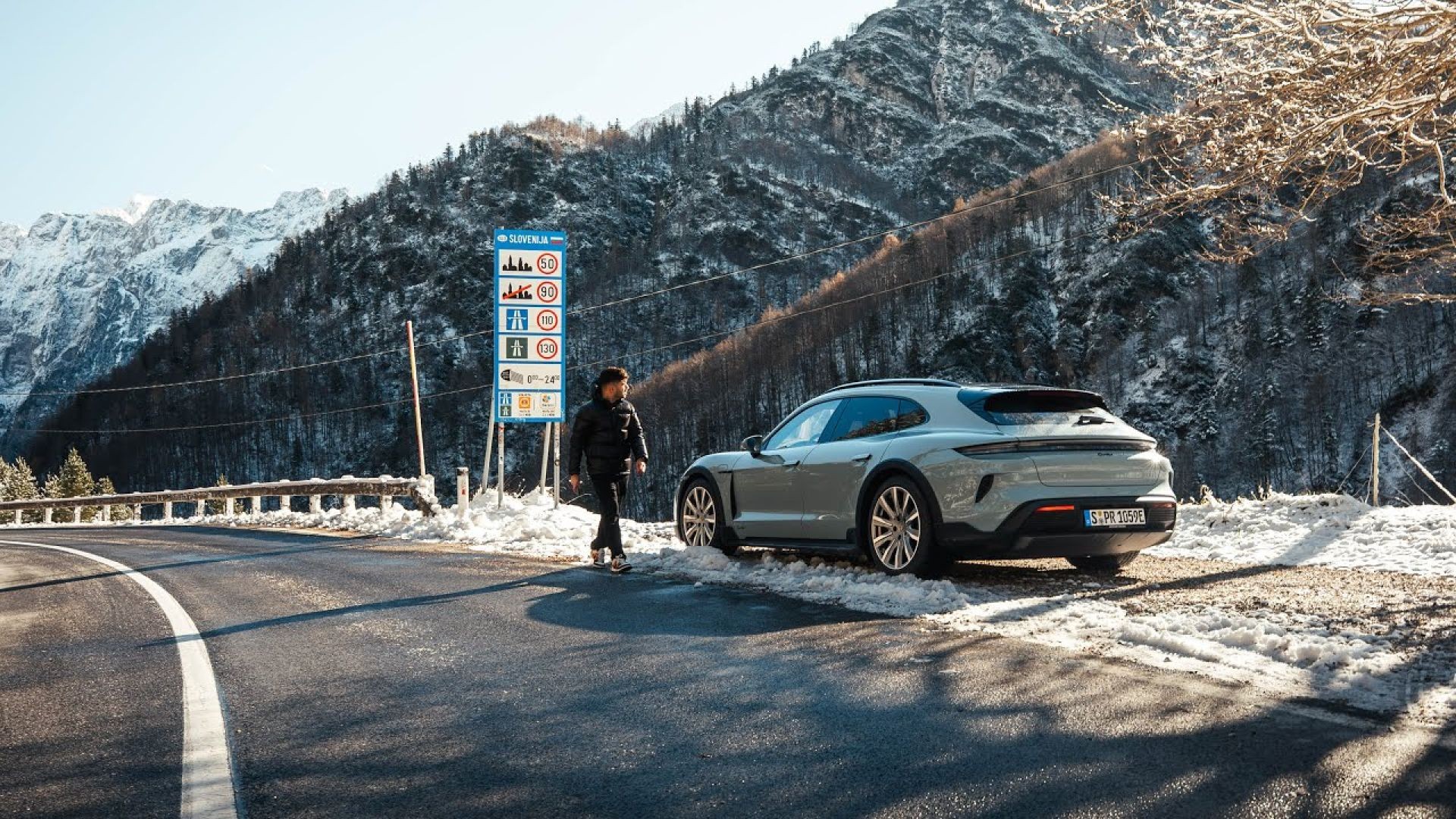
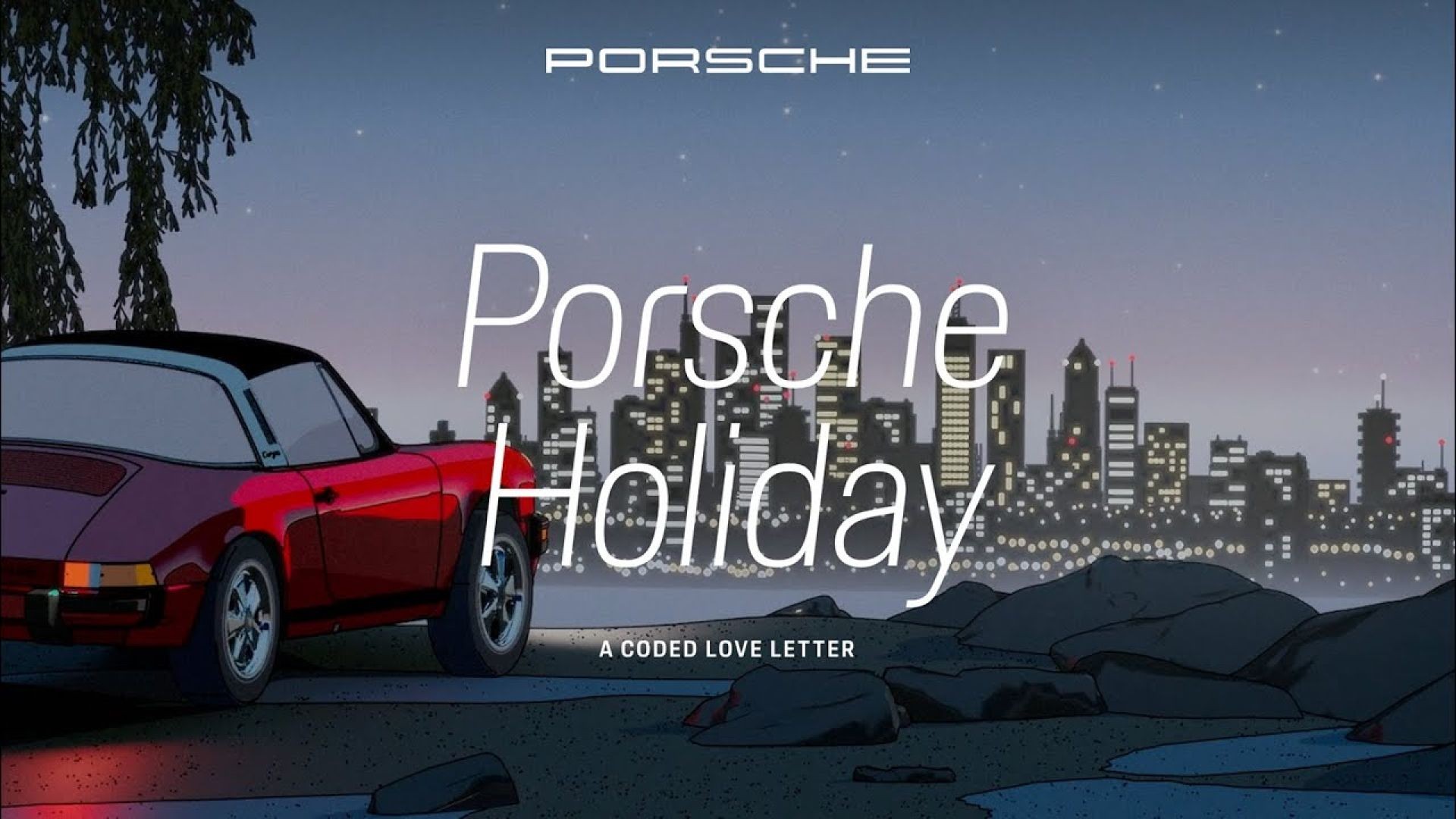



karib78425
8 months ago